Riken Yamamoto has been announced as 2024 laureate of the Pritzker Architecture Prize. In its citation, the jury praised the 78-year-old Japanese architect, educator, and social advocate for producing “architecture both as background and foreground to everyday life, blurring boundaries between its public and private dimensions, and multiplying opportunities for people to meet spontaneously, through precise, rational design strategies.”
“By the strong, consistent quality of his buildings, he aims to dignify, enhance, and enrich the life of individuals—from children to elders—and their social connections,” the jury citation continues.
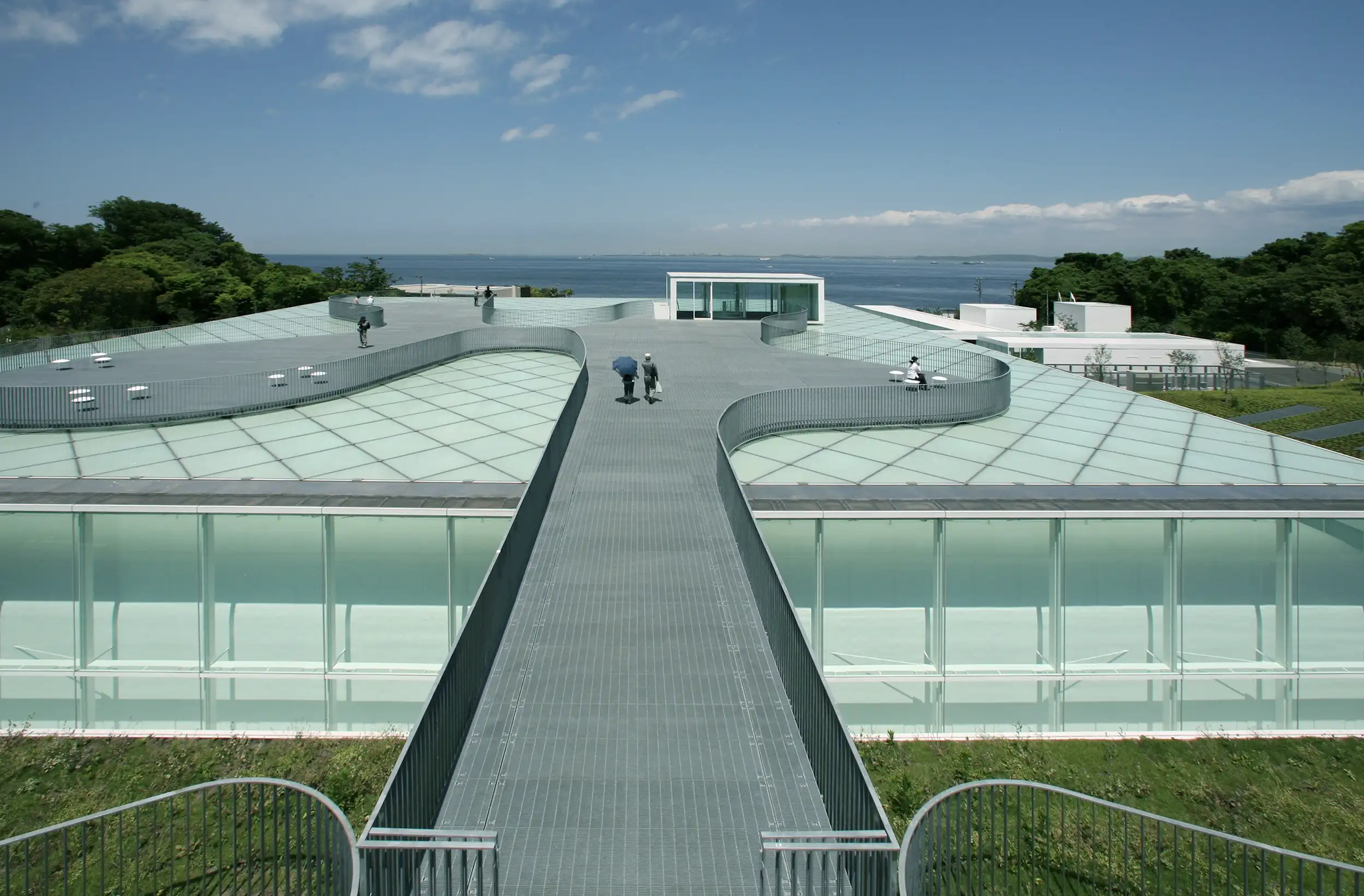
Yokosuka Museum of Art, Yokosuka, Japan (2006). Photo courtesy Tomio Osashi
Born in Beijing and basing his practice, Yamamoto & Field Shop, in his longtime home of Yokohama, Japan’s second-biggest city, Yamamoto has worked extensively—and almost exclusively—in Asia during a prolific career spanning five decades and yielding everything from multi-family housing to fire stations to fine art museums. In a rare commission outside of Japan, China, or South Korea, Yamamoto’s studio triumphed over a storied pack of international firms with its winning design for the CIRCLE, a convention center–anchored office and hospitality complex at Zurich Airport. That project was completed in 2020, joining other career highlights for Yamamoto, including the Yokosuka Museum of Art (2006), a milestone commission that garnered considerable acclaim, Tokyo’s Fussa City Hall (2008), and, in China, Tianjin Library (2012). Yamamoto’s studio described that nearly 600,000-square-foot project as being “a library of a size that is inconceivable in Japan.”
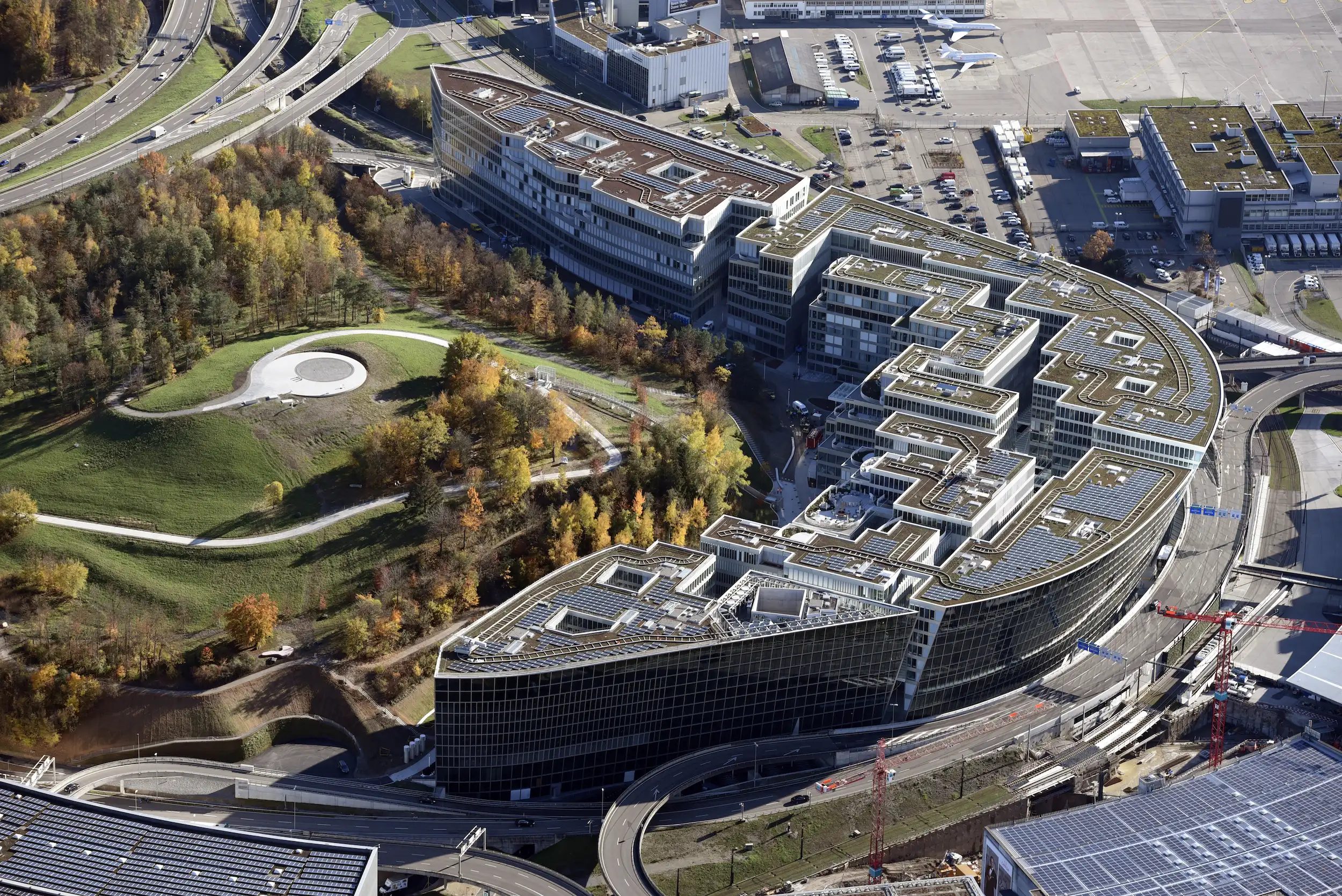
1
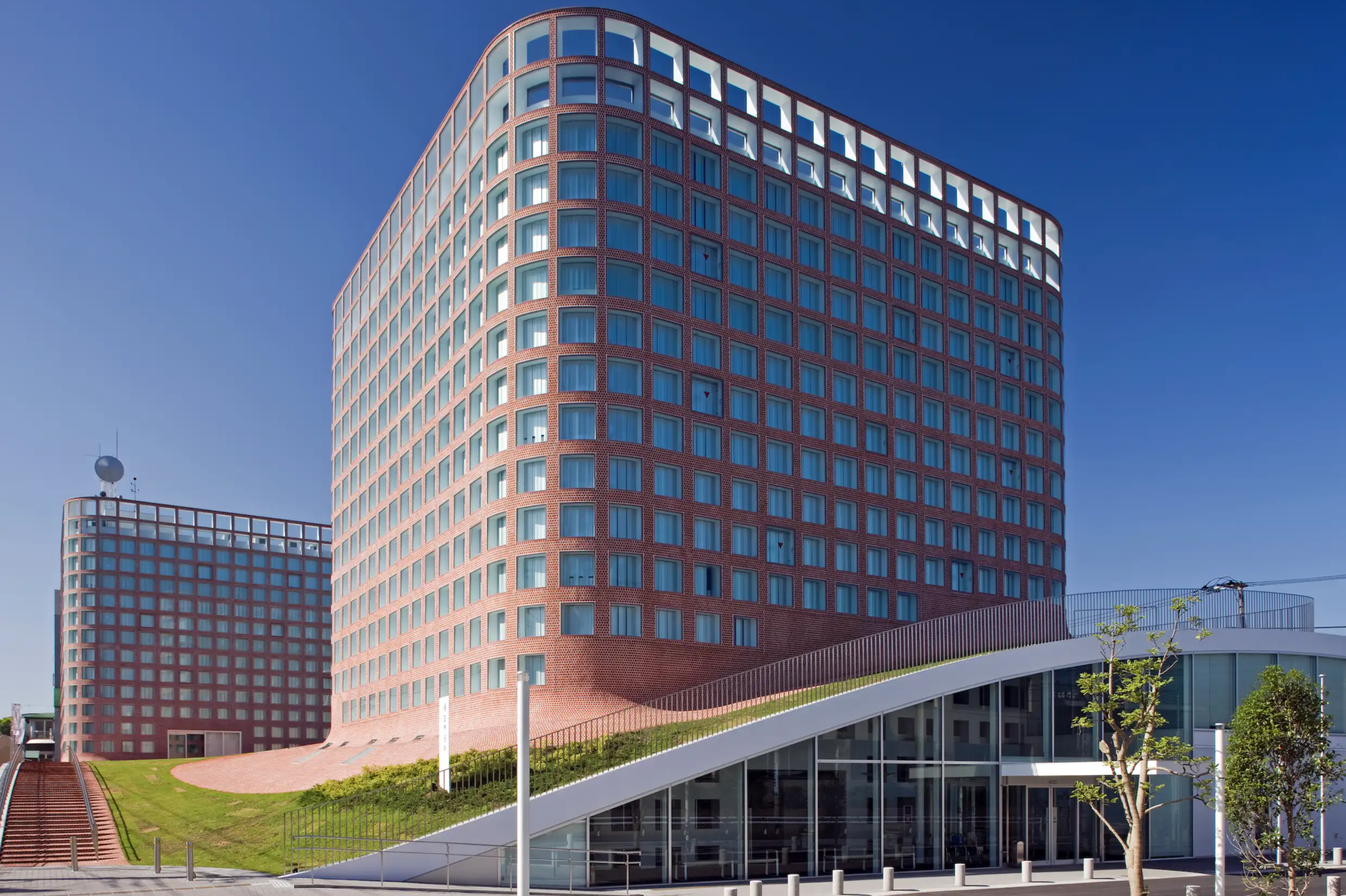
2
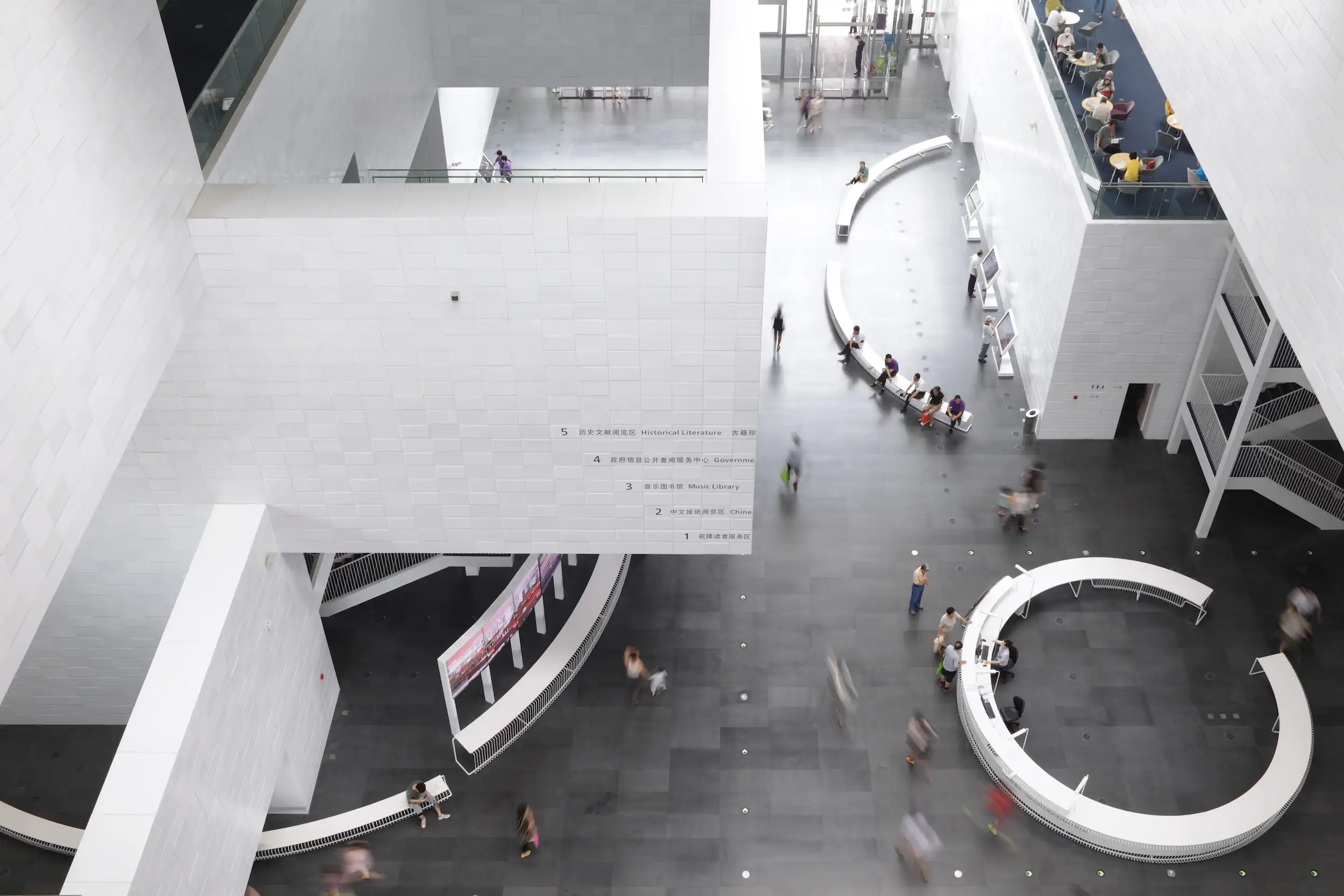
3
The CIRCLE at Switzerland's Zurich Airport (2020) (1); Fussa City Hall, Tokyo (2008) (2); Tianjin Library, China (2012) (3). Photos courtesy Flughafen Zurich AG (1), Sergio Pirrone (2), Nacasa Partners (3).
Projects featured in the pages of RECORD include the prefabricated prototype dwelling Ecoms House in southwest Japan’s Saga Prefecture (July 2005) and the sprawling Jian Wai SOHO mixed-use development in Beijing (March 2004) for which Yamamoto’s office created the ambitious master plan.
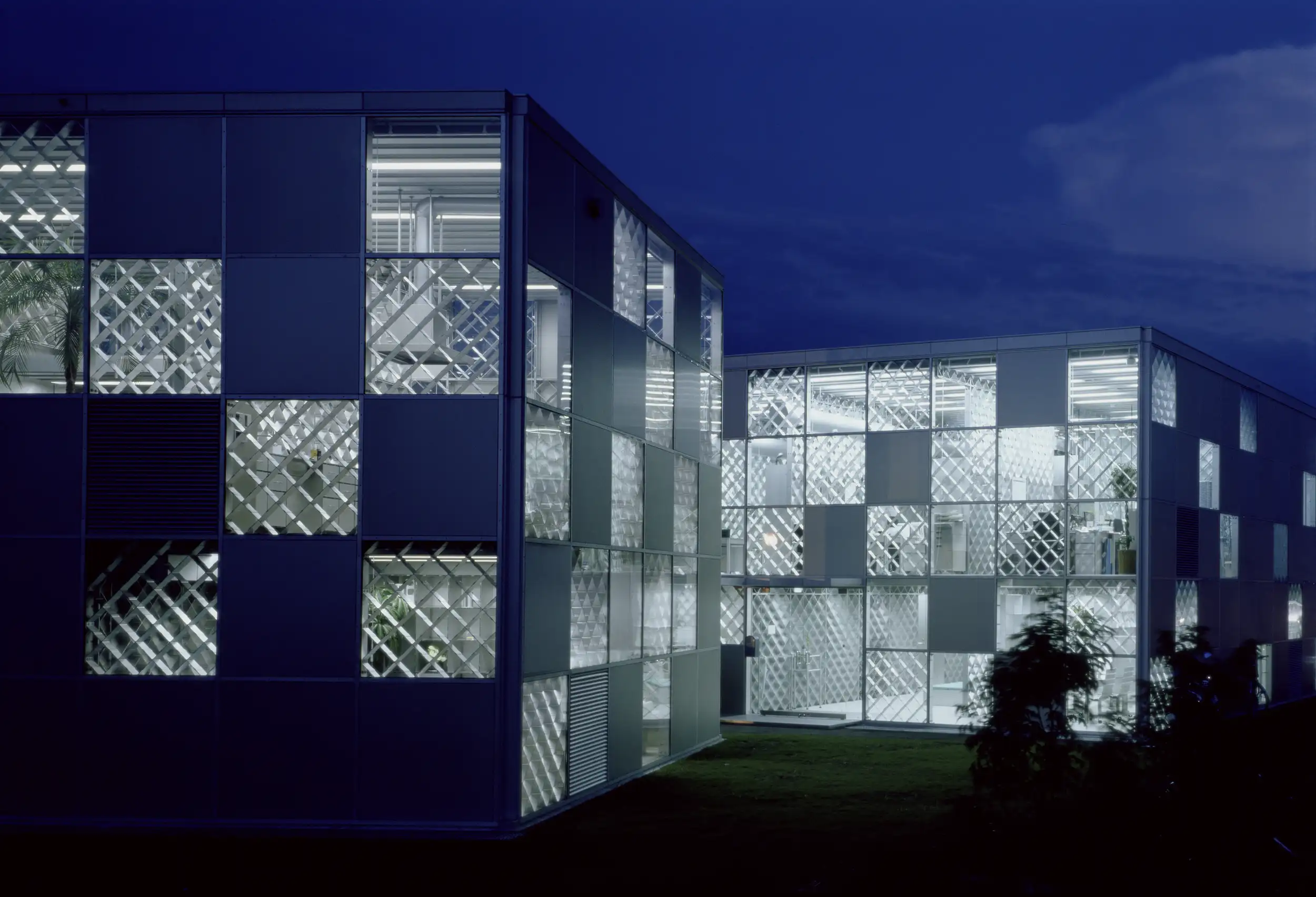
4
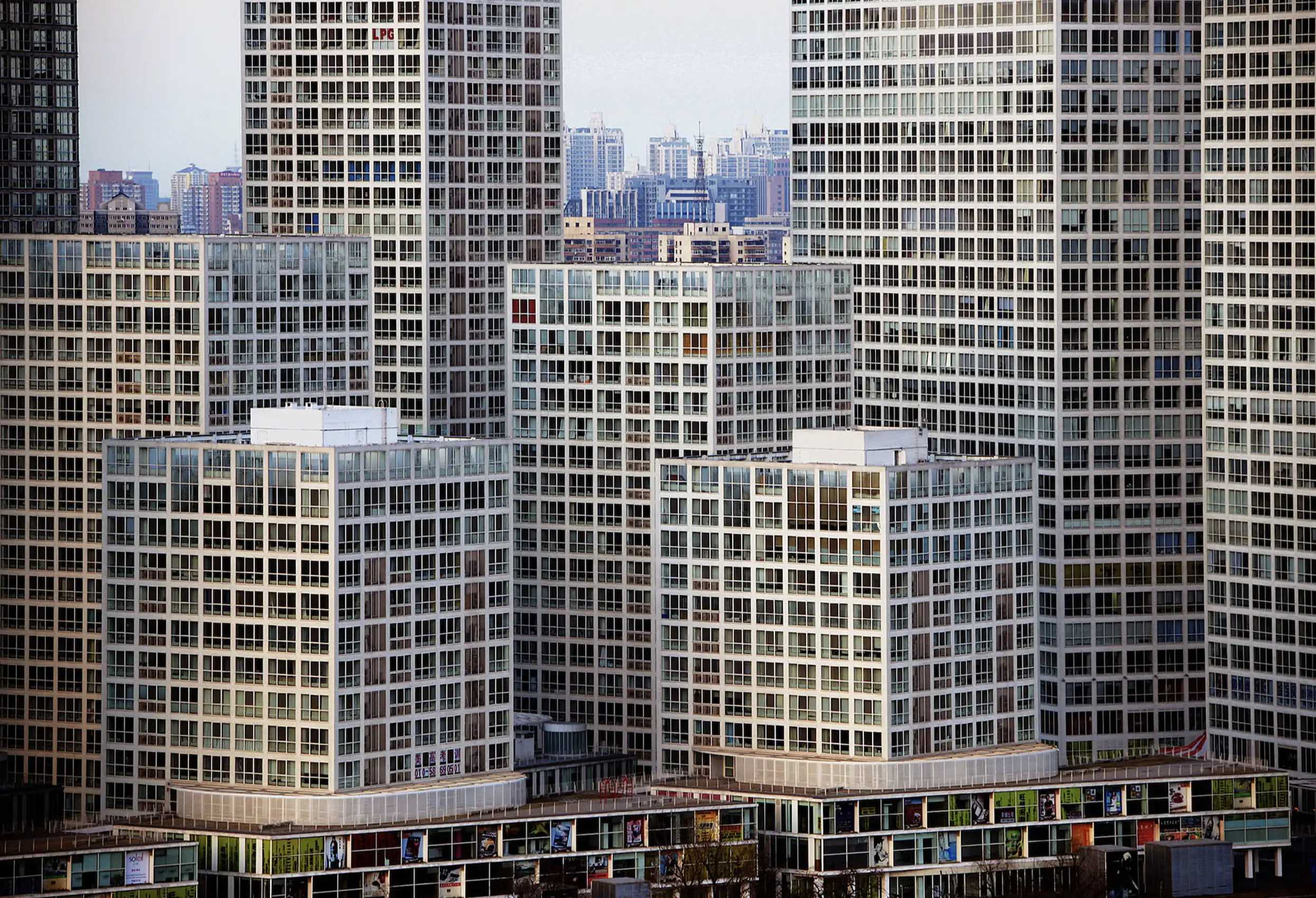
5
Ecoms House, Tosu, Japan (2004) (4); Jian Wai SOHO, Beijing (2004) (5). Photos courtesy Shinkenchiku Sha (4), Riken Yamamoto & Field Shop (5)
Although Yamamoto’s built work spans a generous number of typologies, there is a pronounced common thread across all of them, be it a research facility, an elementary school, or a ground-up urban district. As emphasized by the Alejandro Aravena–chaired 2024 Pritzker Prize jury, Yamamoto’s accentuation of the user experience and recognition of all spaces as being community spaces are qualities that contributed to his winning the architecture world’s most prestigious annual honor. As the jury notes, the entire building space of Japan’s Saitama Prefectural University campus (1999), for instance, was conceived as a community.
“Any work of architecture belongs to the community—houses, hospitals, libraries, and others,” Yamamoto told RECORD. “Architecture must be inside a community, and my design goal is how to make the community visible. That’s the reason that I am a little bit different from other architects.”
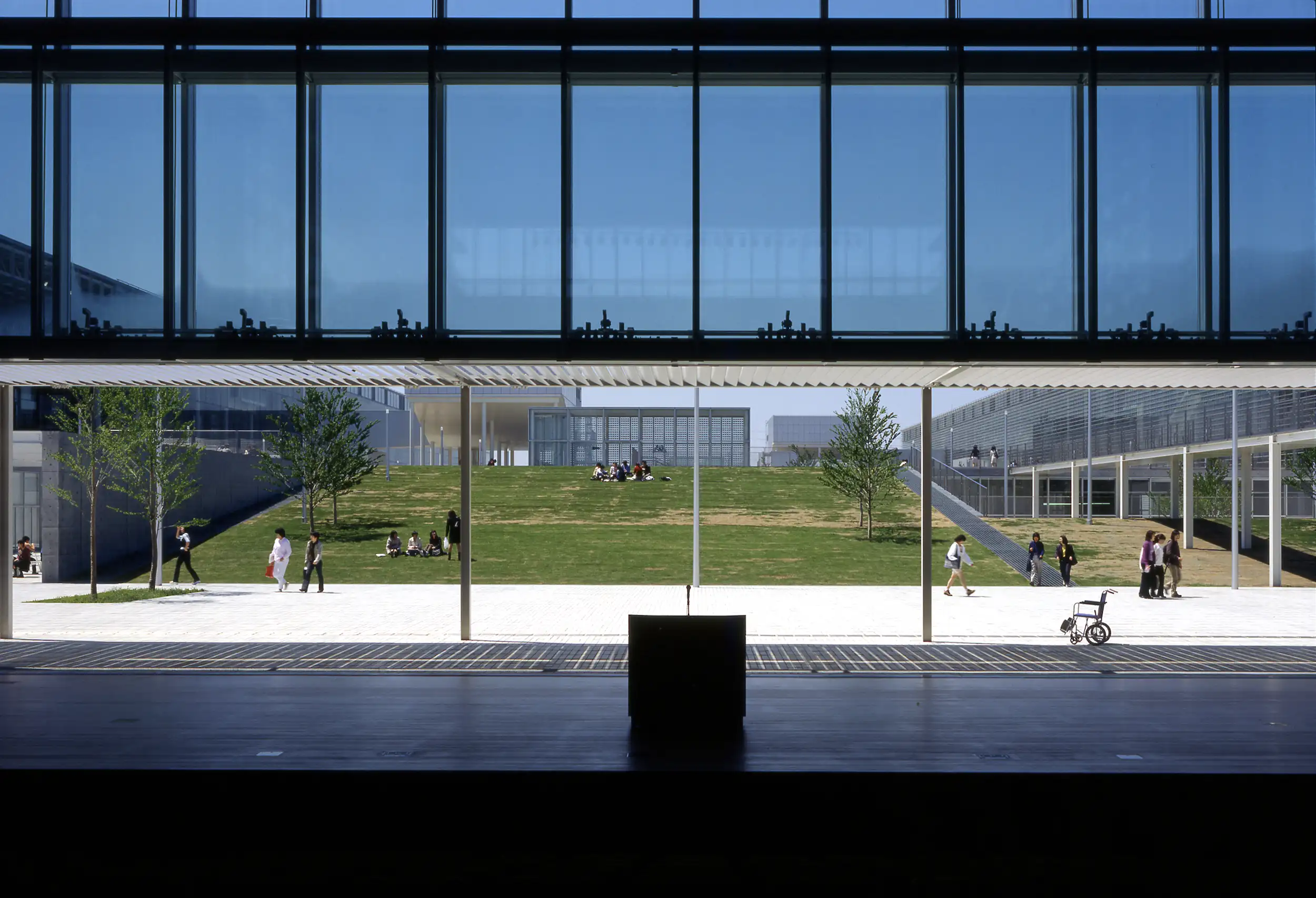
Saitama Prefectural University, Koshigaya, Japan (1999). Photo courtesy Tomio Ohashi
Yamamoto is the 53rd Pritzker Prize laureate and the ninth hailing from Japan, a country that has produced more winners than any other nation, with the United States trailing closely behind. (Thom Mayne was the last American to be named an awardee in 2005). Recent Japanese laureates include the late Arata Isozaki in 2019 and Toyo Ito and Shigeru Ban in 2013 and 2014, respectively.
“Architects in Japan face a tough challenge—the power of conformity here is very strong,” Yamamoto explained as to why it is perhaps that his countrymen (and woman) are well-recognized by the Pritzker jury. “Everyone wants to do things according to the norm, including many designers. But talented architects are trying to create architecture for communities that address the characteristics of that place. To do so, they must have a strong point of view. Pritzker Prize winners in Japan, like Ban and Ito, put forth bold ideas in opposition to the prevailing standards.”
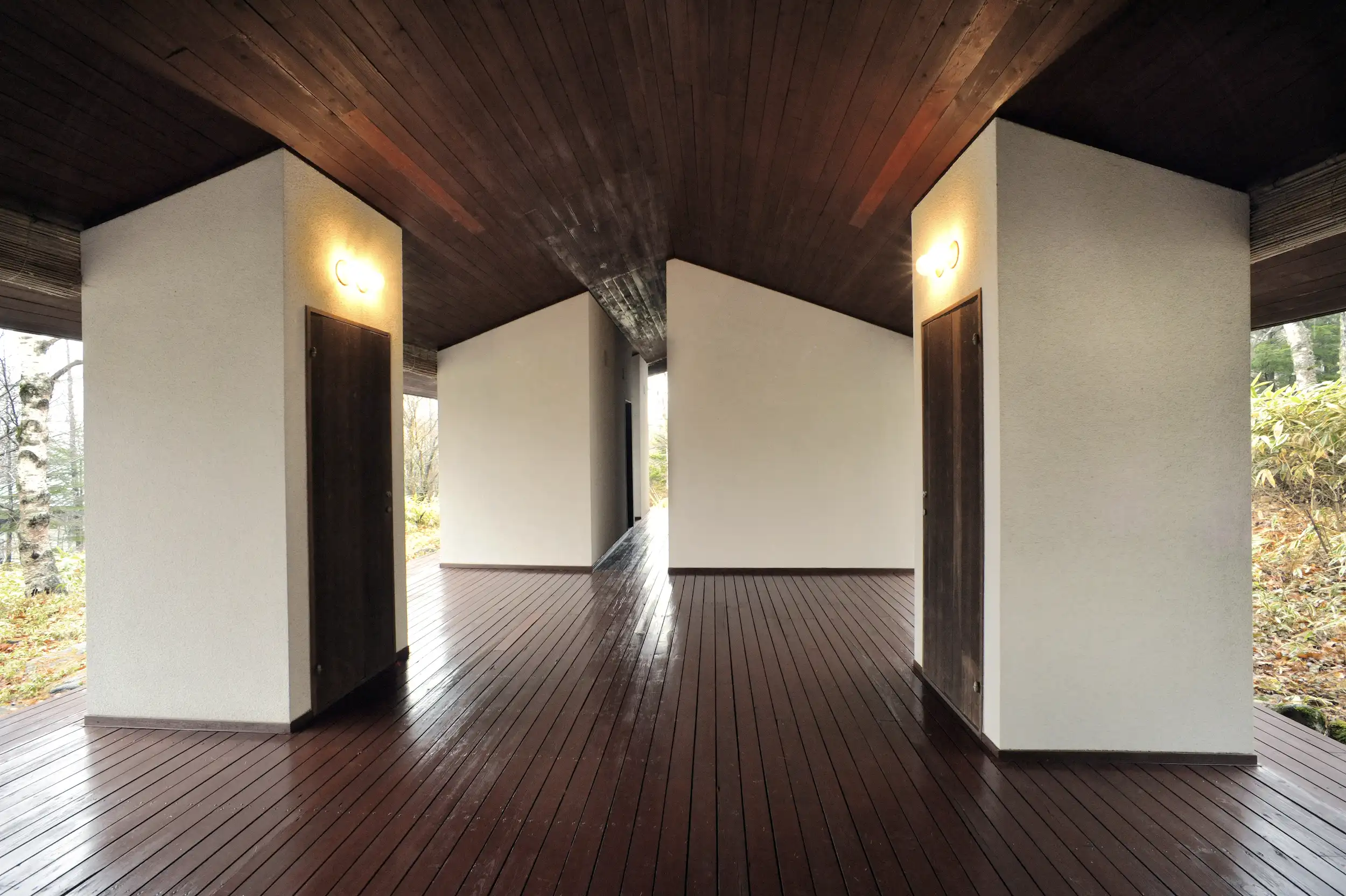
6
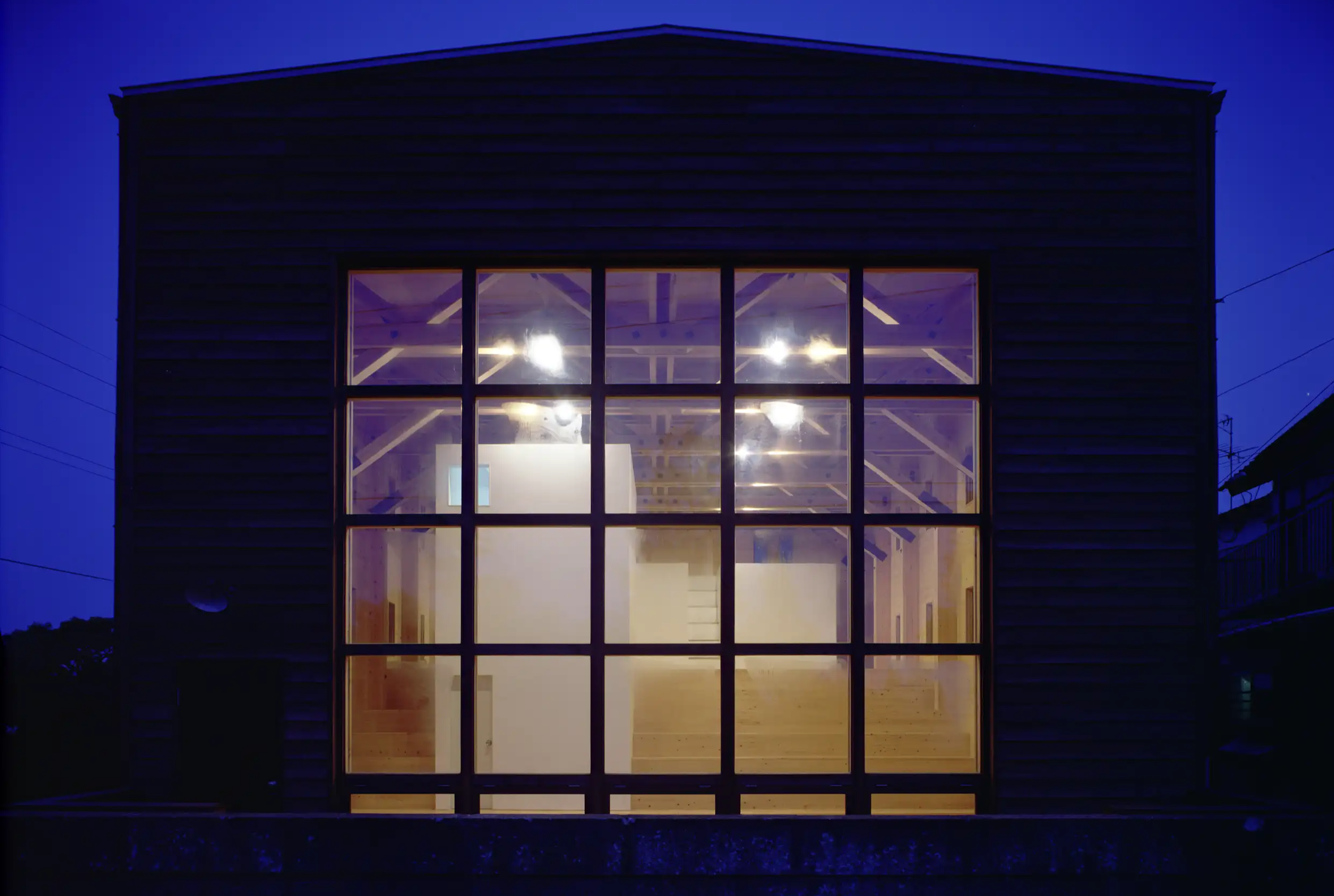
7
Yamakawa Villa, Nagano, Japan (1977) (6); Ishii House, Kawasaki, Japan (1978) (7). Photos courtesy Tomio Ohashi (6), Shinkenchiku Sha (7)
Yamamoto established Yamamoto & Field Shop in 1973, fresh off an extended tour of Europe that followed his graduation from Tokyo University of the Arts, where he received a Master of Arts in Architecture. Early commissions were largely single-family residential, including Yamakawa Villa (1977) in Nagano, and Ishii House (1978), a private home in Kawasaki that doubles as a community performance venue. Similarly, his own terrace-heavy Yokohama home, GAZEBO (1986), was designed for optimized neighborly interaction. His firm’s mastery of melding public and private spaces in smaller-scale projects eventually led to innovative social housing schemes and myriad civic commissions, including major university projects and schools across all grade levels. Work on vital, public-serving projects picked up considerably when Japan went into rebuild mode following 2011’s catastrophic Tōhoku earthquake and tsunami.
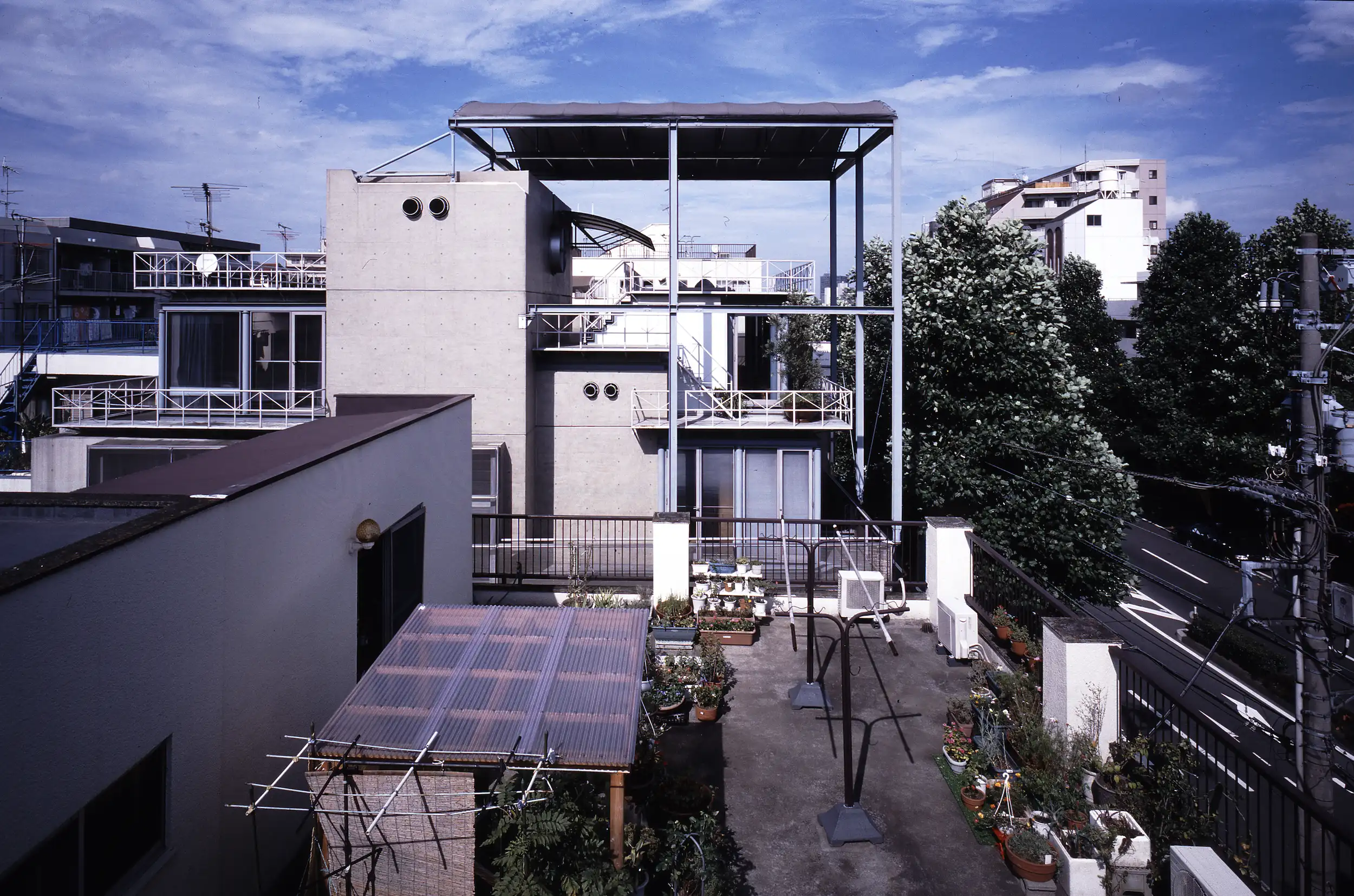
GAZEBO, Yamamoto's own home in Yokohama (1986). Photo courtesy Shigeru Ohno
In addition to leading his practice, which now maintains satellite offices in Beijing and Zurich, Yamamoto has taught widely across Japan, including as visiting professor at his alma mater, Tokyo University of the Arts (2022-2024), and at Yokohama National University Graduate School of Architecture (2007-2011) and Nihon University Graduate School of Engineering in Tokyo (2011-2013). Yamamoto is a newly appointed visiting professor at Kanagawa University in Yokohama. Past accolades include the Public Buildings Prize (2004 and 2006), Good Design Gold Award (2004 and 2005), Prize of the Architectural Institute of Japan (1988 and 2002), and a Japan Arts Academy Award (2001).
This spring, Yamamoto will be presented with his latest honor, the 2024 Pritzker Architecture Prize, at a ceremony in Chicago. An open-to-the-public lecture held at Mies van der Rohe’s S.R. Crown Hall, home to the College of Architecture at the Illinois Institute of Technology, will follow on May 16.
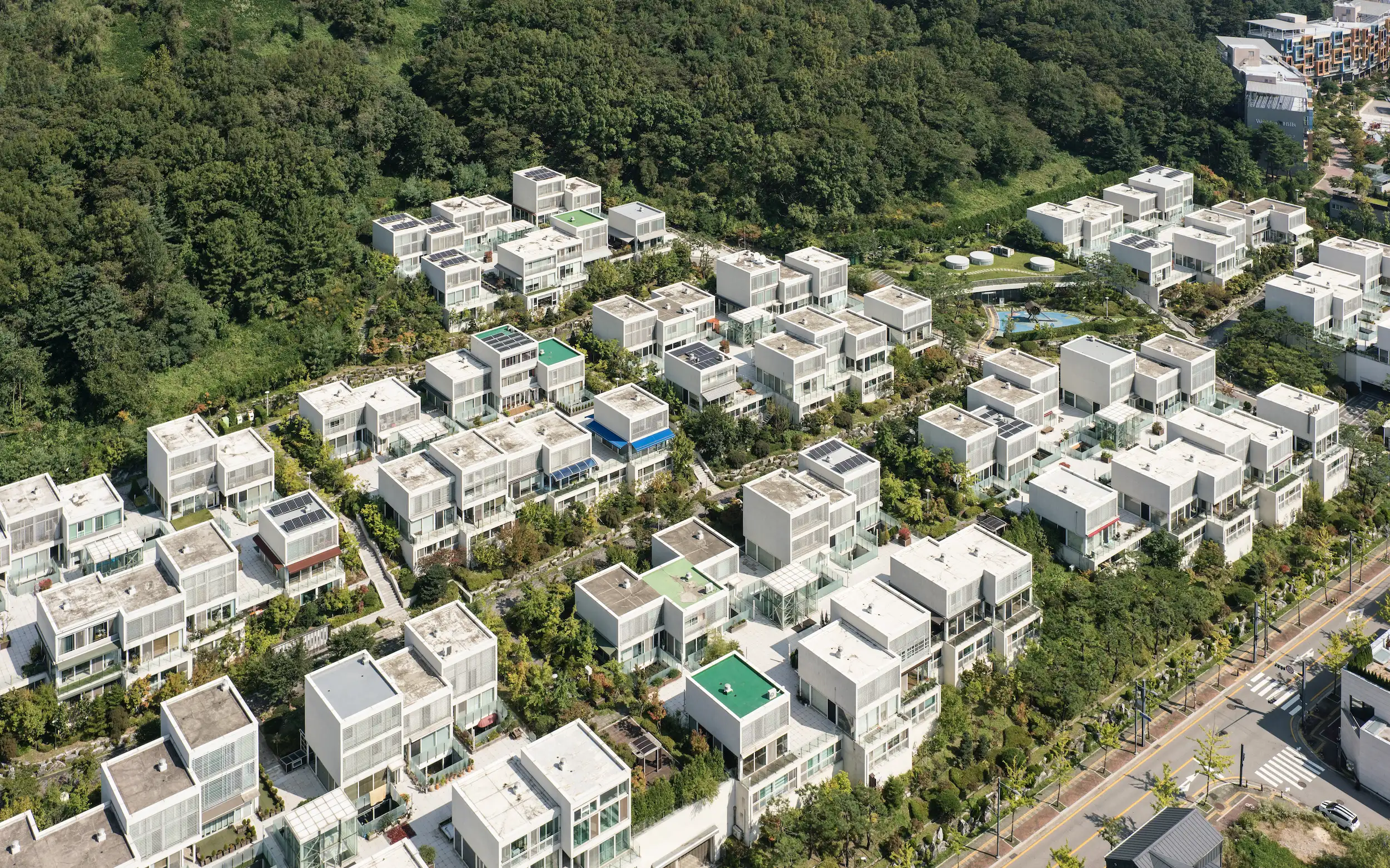
Pangyo Housing, Seongnam, South Korea (2010). Photo courtesy Nam Goongsun
Yamamoto’s “architecture clearly expresses his beliefs through the modular structure and the simplicity of its form,” wrote the jury. “Yet, it does not dictate activities, rather it enables people to shape their own lives within his buildings with elegance, normality, poetry, and joy.”
A conversation between Riken Yamamoto and RECORD contributing editor Naomi Pollock, FAIA, will appear in the April issue.
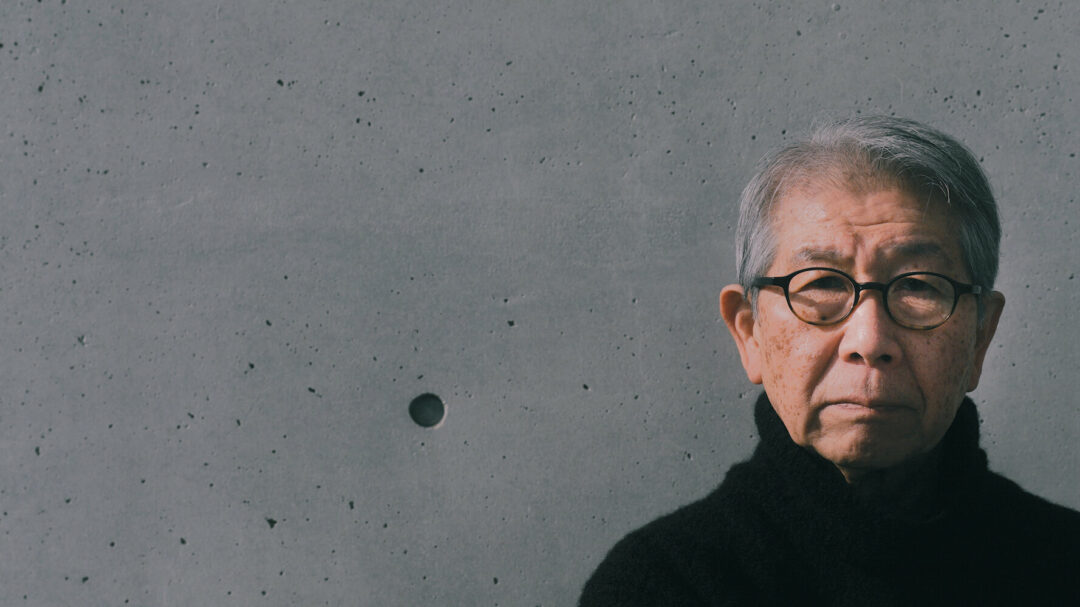
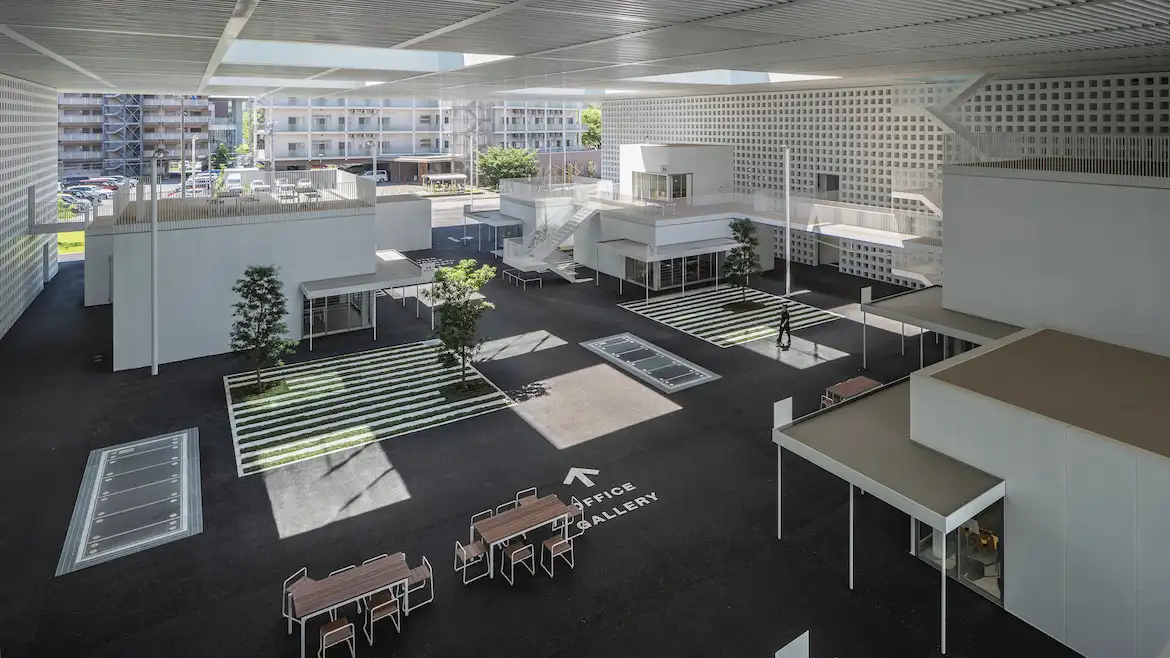
.webp?t=1709575779&width=1080)
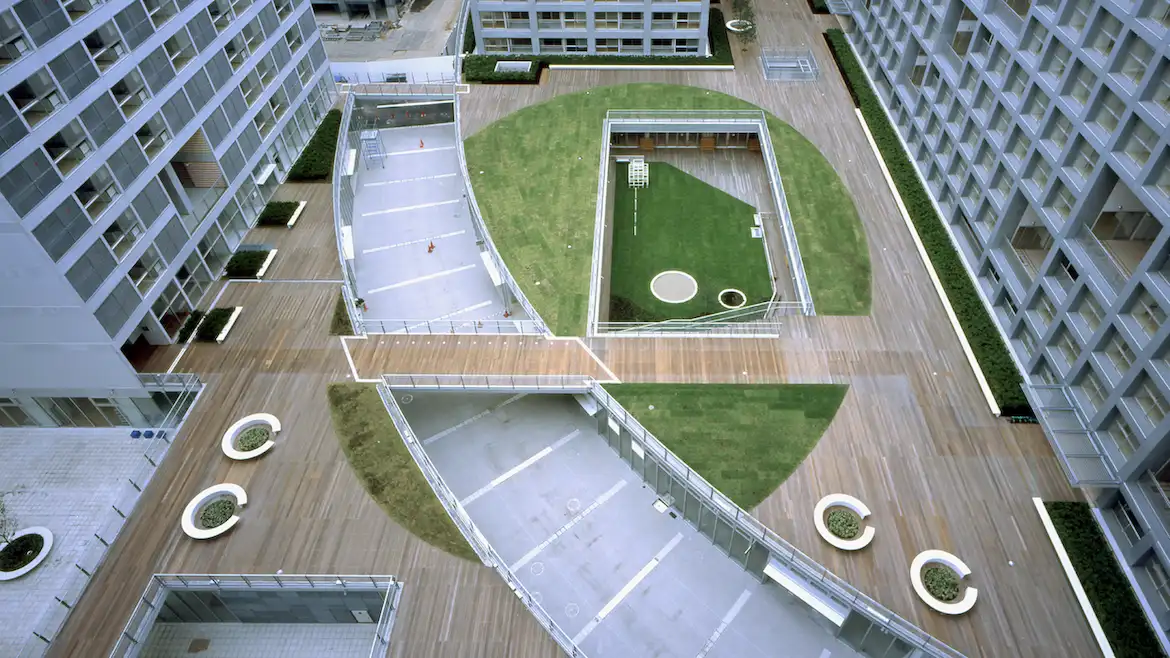
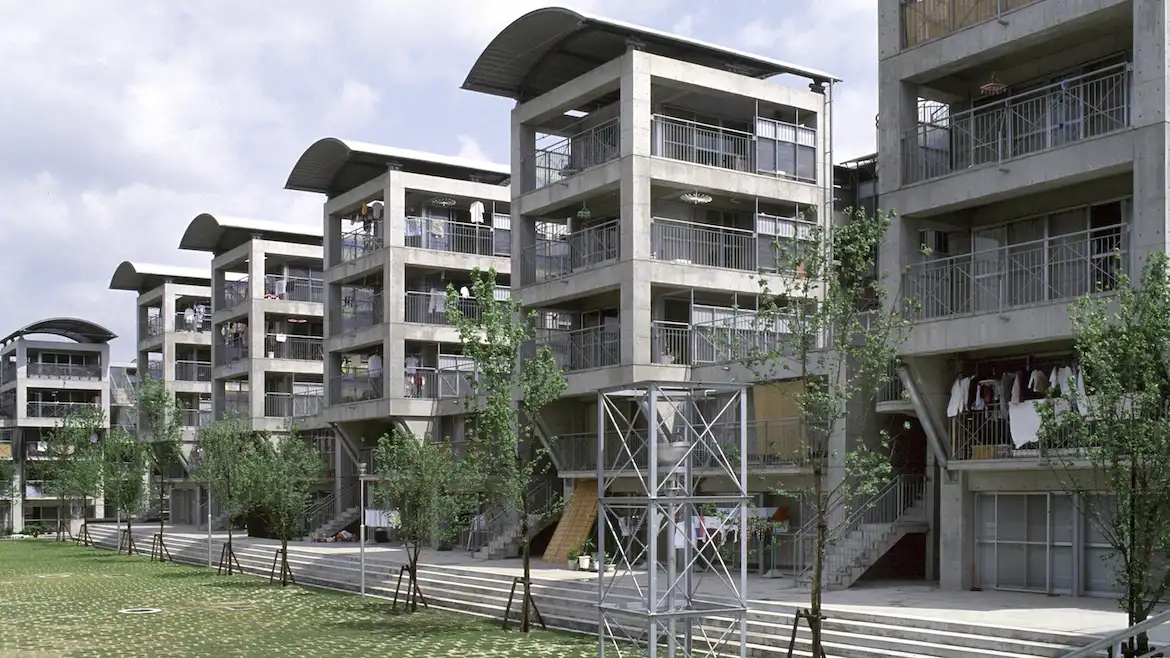
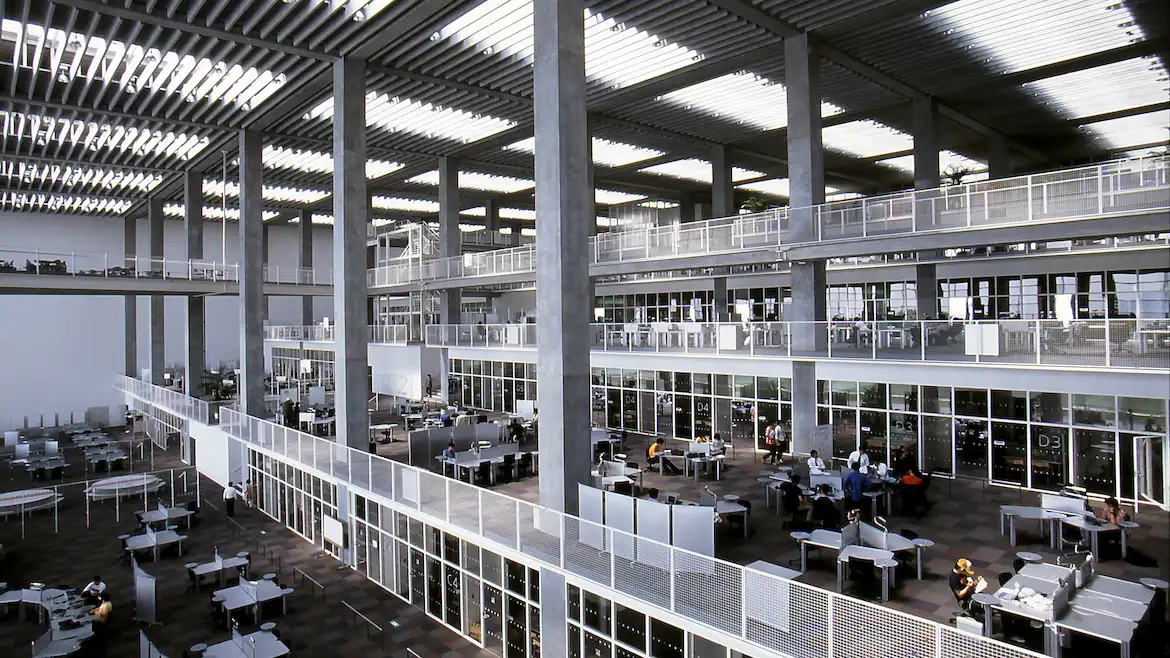


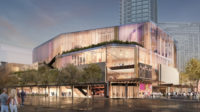
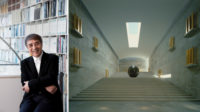
Post a comment to this article
Report Abusive Comment